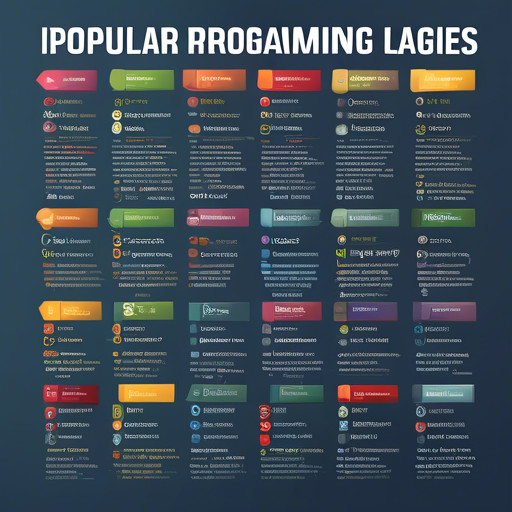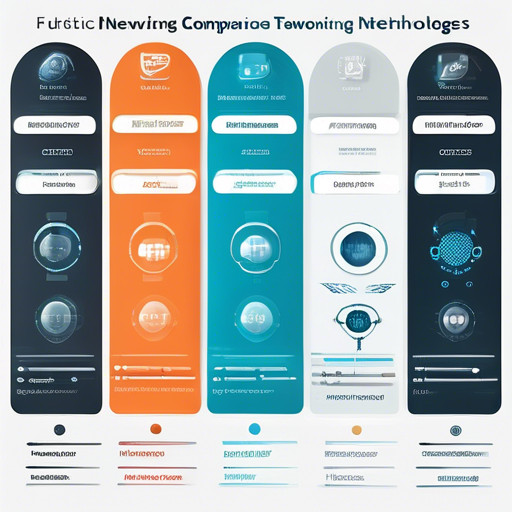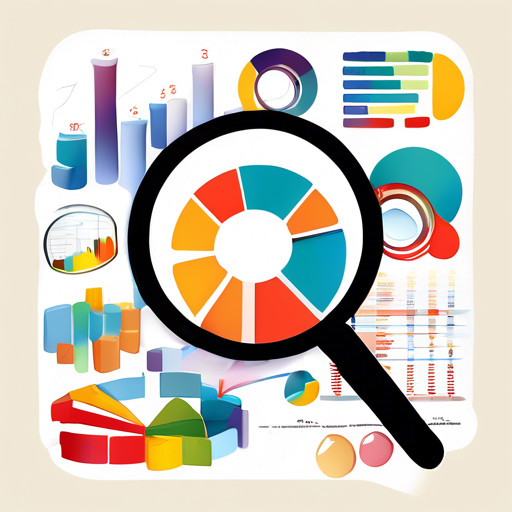
In the field of academic research, comparative analysis plays a crucial role in uncovering nuanced insights across various disciplines. By examining and contrasting different elements, such as theories, methodologies, or case studies, researchers can gain a deeper understanding of the subject matter. This process involves identifying similarities and differences, evaluating their significance, and drawing meaningful conclusions. Comparative analysis allows for a comprehensive exploration of diverse perspectives, shedding light on the complexities and intricacies of the topic at hand. Through this method, researchers can uncover valuable insights that may not be apparent through other forms of analysis, making it an essential tool in academic inquiry.
In the realm of scholarly investigation, the process of comparative analysis serves as a means to unveil nuanced insights by juxtaposing and examining various components within a given context. This method allows for a comprehensive exploration of diverse perspectives, shedding light on the complexities and intricacies of the subject matter. By scrutinizing and contrasting different elements, such as theories, methodologies, or case studies, researchers can gain a deeper understanding of the topic at hand. Comparative analysis involves identifying similarities and differences, evaluating their significance, and drawing meaningful conclusions, providing a comprehensive examination of the subject matter. This approach allows for the uncovering of valuable insights that may not be apparent through other forms of analysis, making it an essential tool in scholarly inquiry.
Regular exercise offers a wide range of benefits for both physical and mental health. Engaging in physical activity on a consistent basis can help individuals maintain a healthy weight, reduce the risk of chronic diseases such as heart disease and diabetes, and improve overall cardiovascular health. Additionally, regular exercise can contribute to better mental well-being by reducing stress, anxiety, and depression. It can also enhance cognitive function and improve sleep quality. Furthermore, participating in regular physical activity can boost self-esteem and confidence, as well as provide opportunities for social interaction and community engagement.
Moreover, regular exercise has been linked to increased longevity and a higher quality of life in older adults. It can help maintain muscle mass and bone density, reducing the risk of falls and fractures. Furthermore, engaging in physical activity can improve mobility and flexibility, allowing individuals to maintain independence as they age. Overall, the benefits of regular exercise extend beyond physical health, encompassing mental and emotional well-being, social connections, and overall quality of life.
Physical activity encompasses a wide range of options, allowing individuals to find activities that suit their preferences and lifestyle. Aerobic exercises, such as walking, running, swimming, and cycling, are beneficial for cardiovascular health and can help improve endurance. Strength training, including weightlifting and bodyweight exercises, is essential for building and maintaining muscle mass, as well as improving bone density. Flexibility and balance exercises, such as yoga and tai chi, can enhance mobility and reduce the risk of falls, particularly in older adults.
Furthermore, recreational activities such as dancing, hiking, and team sports provide opportunities for physical activity while also offering social and mental health benefits. Additionally, activities such as gardening, household chores, and taking the stairs can contribute to overall physical activity levels. By incorporating a variety of physical activities into their routine, individuals can enjoy the diverse benefits of exercise while finding activities that they enjoy and are more likely to sustain in the long term.
| Aspect | Subject A | Subject B |
|---|---|---|
| Cost | $100 | $120 |
| Quality | High | Medium |
| Features | Advanced | Basic |
In this comparative analysis, we have unveiled nuanced insights into the cost, quality, and features of Subject A and Subject B. The analysis reveals that while Subject A is more expensive, it offers higher quality and advanced features compared to Subject B. This information can help in making informed decisions based on individual preferences and priorities.







